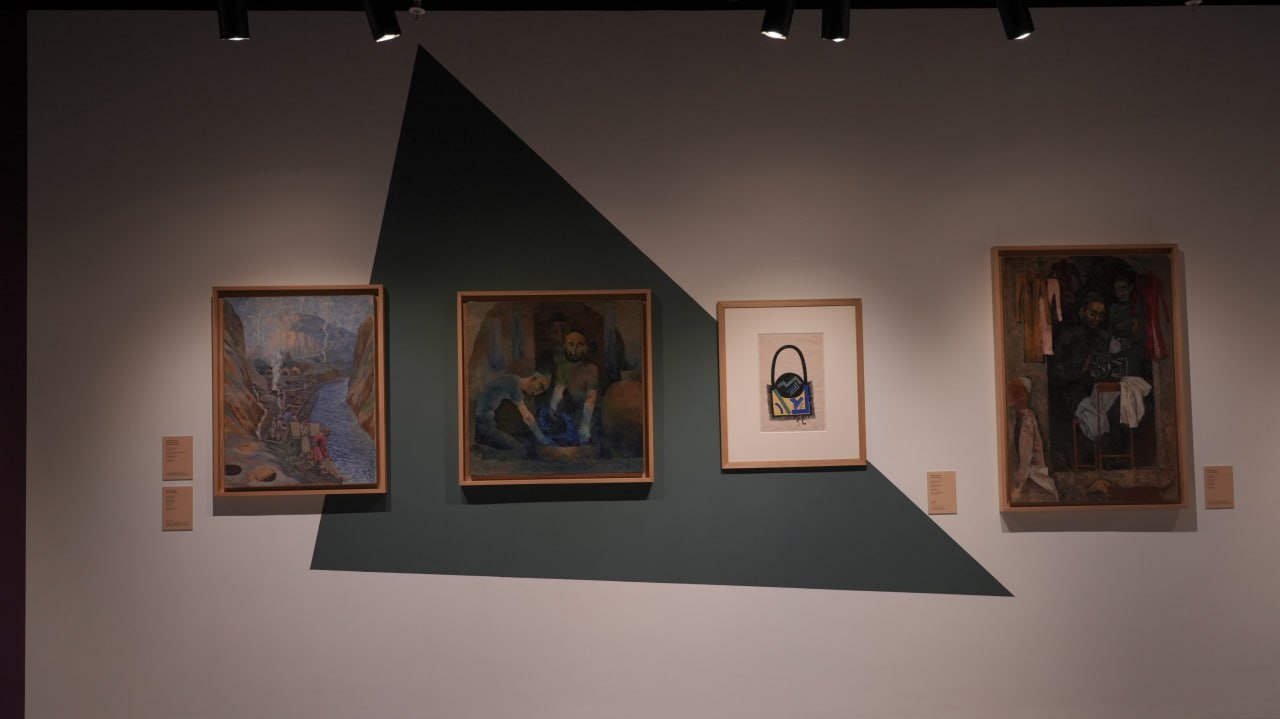A large-scale exhibition project “Uzbekistan: Avant-Garde in the Desert” continues its work at the Savitsky State Museum of Art.
The artist Elena Korovay was subtly and sensitively able to turn unflattering denunciatory content into ambiguously attractive. In two works depicting unrepresentable handicraft occupations assigned to Jews from the old ghetto in Bukhara in the 1920s (fabric dyers and tailors), shades of blue fill unhealthy spaces. In “Dyers” (1932), one of the most dangerous professions for health is presented; blue becomes poisonous and acquires a negative symbolic meaning. In “Tailors of Bukhara” (1932) the main characters are pushed into a dark corner where the light of the sunny city does not penetrate.
The exhibition “Uzbekistan: Avant-Garde in the Desert” will run at the Savitsky State Museum of Art until June 1, 2025.
🖼 Elena Korovay, “Dyers”, “Tailors of Bukhara”, 1932

